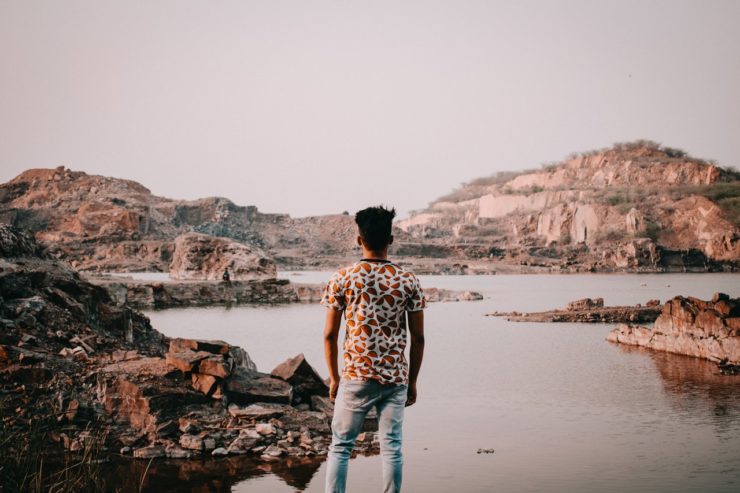Shoutout to Amber Ruffin! In a video clip that has now gone viral, Ruffin kicked off a segment of her Amber Ruffin Show by introducing viewers to historically Black American towns that have been destroyed and buried by a lake or natural park. They’re often referred to as Drowned Towns. We’ve often talked about Lake Lanier, but sadly, there’s plenty more where that came from.
Here are five you should know about.
1. Oscarville, Georgia
Lake Lanier is a popular weekend destination known for fishing, boating, and so much more, including an eerie reputation that has deemed it as haunted in Georgia.
But one lesser-known fact is the lake sits on top of the Black-town, Oscarville.
Oscarville was burnt down in 1912 and more than a thousand residents were forced to flee following the allegations of rape.
Rob Edwards was arrested in September 1912 along with Earnest Knox and Oscar Daniel, both teenagers, all accused of raping and murdering a young white woman named Mae Crow.
Edwards was dragged out of jail, beaten with a crowbar, and then lynched from a telephone pole.
Daniel and Knox went to trial and were found guilty on the same day. The boys were sentenced to death by hanging.
After the trials and executions, white men, known as Night Riders, forced Black families out of their homes by bringing their land, churches, and schools.
Once Black families fled, Lake Lanier was built on top of what was burned down.
2. Kowaliga (Benson), Alabama
Turns out, Alabama’s Lake Martin is built on the previous majority-Black town of Kowaliga. It is home to the first Black-owned railroad started by William E. Benson and the Black school Kowaligia Academic & Industrial Institute.
William is the son of John Benson, who was enslaved and then freed. He went on a journey to rescue his sister in Florida, who was separated during slavery, and they made their way back to Alabama. John purchased thousands of acres of land sold to Black families, where he formed a community.
William helped his dad expand the family business.
After William’s death and the closing of the school, Kowaligia was destroyed to make room for Lake Martin.
3. Seneca Village In New York City
Seneca Village began in 1825 and, at its peak, spanned from 82nd Street to 89th Street along what is now the western edge of Central Park in New York City.
By the 1840s, half of the African Americans who lived there owned their own property, a rate five times higher than the city average, as reported in Timeline.
In 1857, Seneca Village was torn down for the construction of Central Park. The only thing that remains is a commemorative plaque, dedicated in 2001 to the lost village.
4. Susannah, Alabama
Susannah, or Sousana, was also flooded by Lake Martin.
According to Alabama Living, more than 900 bodies were moved from cemeteries before the land was submerged.
The town once included a gold mine, a school, two mercantile, a grist mill, a flour mill, a sawmill, a blacksmith shop, and a church.
5. Vanport, Oregon
In the 1940s, Vanport was the center of a booming shipyard industry because of World War II and quickly became the second-largest city in the state.
But as World War II saw white males drafted to serve overseas, a labor shortage pulled in a great migration of Blacks from the south.
With soldiers being drafted overseas to fight in the war, Oregon saw a labor shortage. This resulted in a great migration of Black Americans from the south.
These new workers needed places to live, as the Albina neighborhood was the only place where Black people could live legally. It became too small for the growing population of Black Americans, and Vanport was built as a temporary housing solution.
At its peak, 40,000 residents, or 40 percent, were African-American.
But then, in 1948 massive flooding erupted in the neighborhood, and city officials didn’t warn residents of the dangerously high water levels, Many didn’t evacuate in time.
The town was wiped out within a day. 18,500 families were displaced, more than a third Black American.
Today, that area is known as Delta Park.





